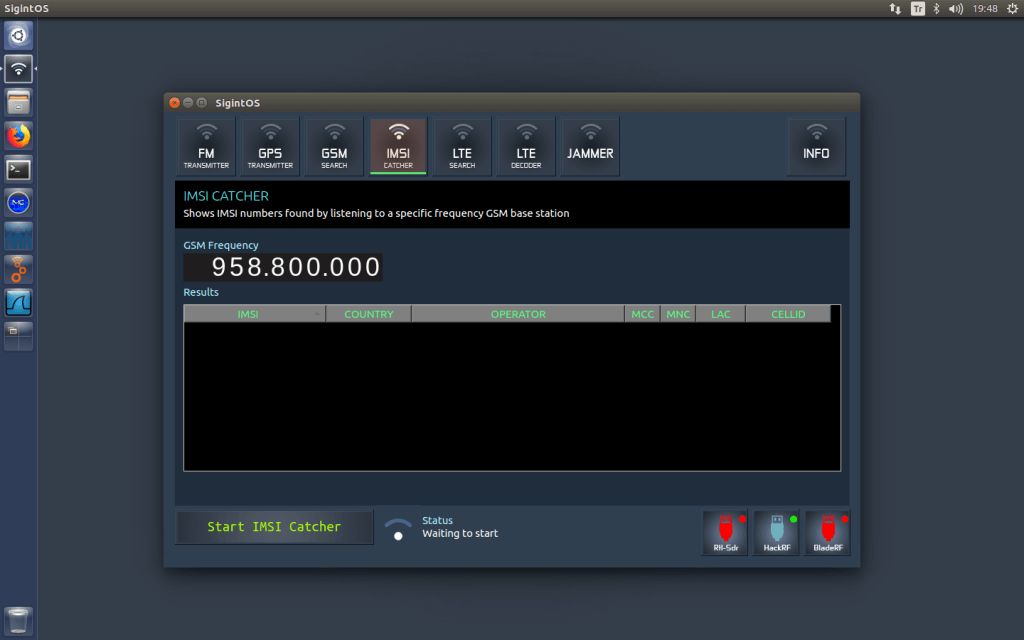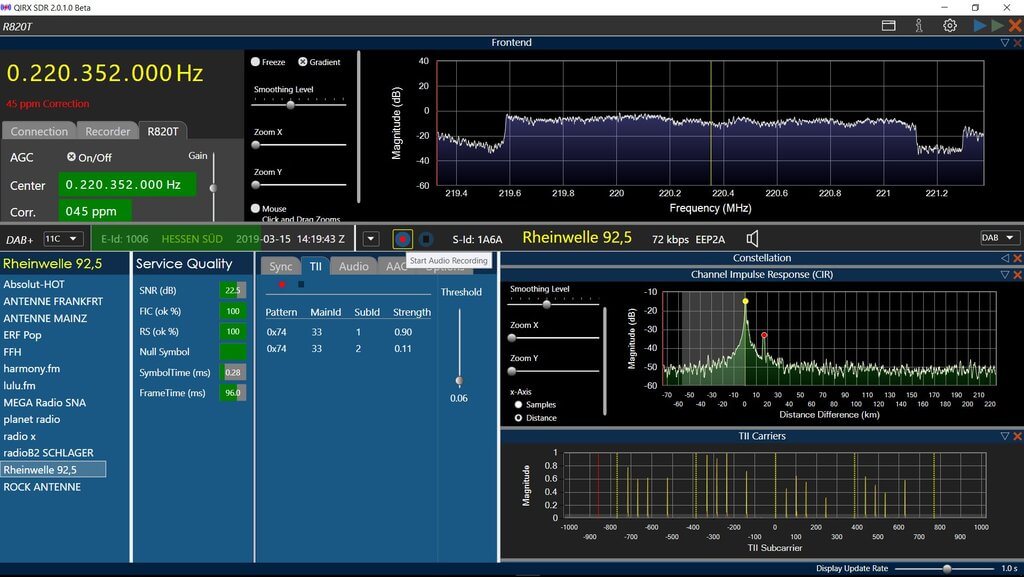Building a Transmit/Receive Relay System for a “Boat Anchor” Transmitter and SDRplay
Over on YouTube user ElPaso TubeAmps has uploaded a video showing his transit/receiver relay system that allows a "boat anchor" (old radio) ham radio transmitter and SDRplay SDR receiver to coexist. In order to protect the SDRplay's front end from being destroyed by a ham radio transmitting on the same antenna, a relay should be used to ground the SDRplay during a ham radio transmission. He writes:
How to build a small chassis and relay system to switch the antenna from the SDR input to ground and open the speaker connection from the PC to the speakers during transmit. I use "boat anchor", i.e. separate VFO for transmitter and receiver equipment and this video is about that type of connection and is not for transceivers.

